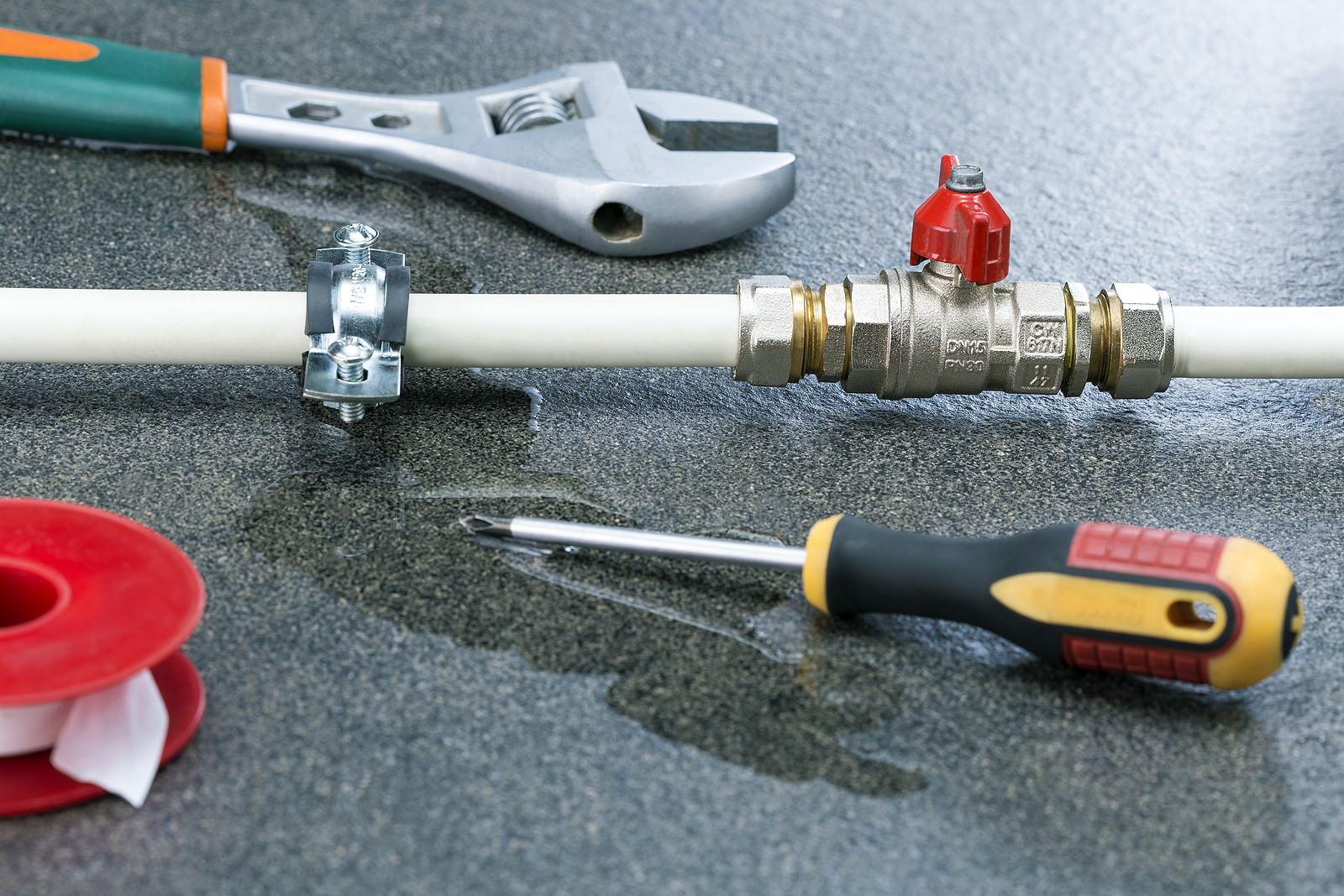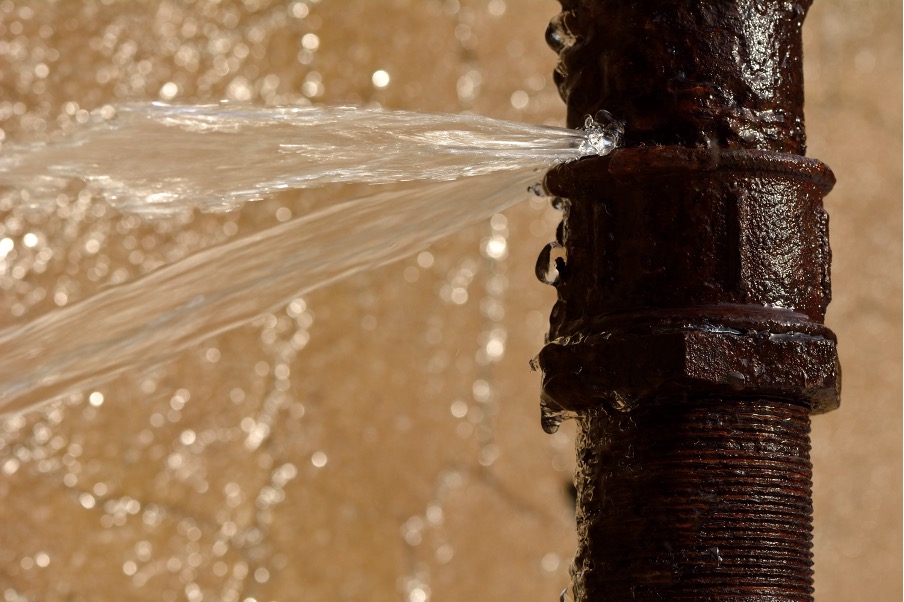How to Examine If Your Residence Has a Concealed Leak
How to Examine If Your Residence Has a Concealed Leak
Blog Article
We've discovered this post on Leaking water lines directly below on the web and think it made perfect sense to share it with you on my blog.

Early discovery of leaking water lines can mitigate a potential calamity. In addition to saving you cash, it will certainly decrease the aggravation as well as stress. The moment you find a leakage, calling your plumber for repair services is the most effective option. Some tiny water leaks may not be visible. Here are some hacks that assist if you can not discover it with your nude eyes.
1. Take A Look At the Water Meter
Inspecting it is a surefire method that helps you uncover leaks. If it relocates, that suggests a fast-moving leak. This indicates you may have a slow-moving leakage that might even be below ground.
2. Inspect Water Intake
Examine your water expenses and also track your water usage. As the one paying it, you should observe if there are any inconsistencies. If you identify sudden changes, regardless of your usage being the same, it means that you have leakages in your plumbing system. Bear in mind, your water costs need to drop under the same range each month. An unexpected spike in your expense indicates a fast-moving leakage.
A steady increase every month, even with the same practices, shows you have a slow leak that's also slowly escalating. Call a plumber to completely inspect your building, especially if you really feel a cozy area on your floor with piping underneath.
3. Do a Food Coloring Test
When it comes to water consumption, 30% comes from commodes. If the shade in some way infiltrates your bowl during that time without flushing, there's a leakage between the tank and also dish.
4. Asses Exterior Lines
Don't forget to check your outdoor water lines also. Needs to water permeate out of the link, you have a loose rubber gasket. One tiny leak can lose bunches of water and also spike your water costs.
5. Inspect as well as Assess the Scenario
House owners should make it a practice to check under the sink counters and also even inside closets for any kind of bad odor or mold growth. These 2 red flags suggest a leak so timely attention is required. Doing routine evaluations, even bi-annually, can conserve you from a significant issue.
Inspect for discolorations and weakening as most pipes and appliances have a life expectancy. If you suspect leaking water lines in your plumbing system, don't wait for it to rise.
Early discovery of leaking water lines can mitigate a potential calamity. Some small water leaks might not be noticeable. Checking it is a proven method that assists you discover leakages. One little leakage can squander tons of water and also surge your water bill.
If you believe leaking water lines in your plumbing system, do not wait for it to intensify.
WARNING SIGNS OF WATER LEAKAGE BEHIND THE WALL
PERSISTENT MUSTY ODORS
As water slowly drips from a leaky pipe inside the wall, flooring and sheetrock stay damp and develop an odor similar to wet cardboard. It generates a musty smell that can help you find hidden leaks.
MOLD IN UNUSUAL AREAS
Mold usually grows in wet areas like kitchens, baths and laundry rooms. If you spot the stuff on walls or baseboards in other rooms of the house, it’s a good indicator of undetected water leaks.
STAINS THAT GROW
When mold thrives around a leaky pipe, it sometimes takes hold on the inside surface of the affected wall. A growing stain on otherwise clean sheetrock is often your sign of a hidden plumbing problem.
PEELING OR BUBBLING WALLPAPER / PAINT
This clue is easy to miss in rooms that don’t get much use. When you see wallpaper separating along seams or paint bubbling or flaking off the wall, blame sheetrock that stays wet because of an undetected leak.
BUCKLED CEILINGS AND STAINED FLOORS
If ceilings or floors in bathrooms, kitchens or laundry areas develop structural problems, don’t rule out constant damp inside the walls. Wet sheetrock can affect adjacent framing, flooring and ceilings.
https://www.servicemasterbyzaba.com/blog/how-to-detect-water-leakage-in-walls/

I ran across that entry on Top leak detection hacks when doing a lookup on the web. Sharing is good. Helping others is fun. Thanks for taking the time to read it.
Report this page